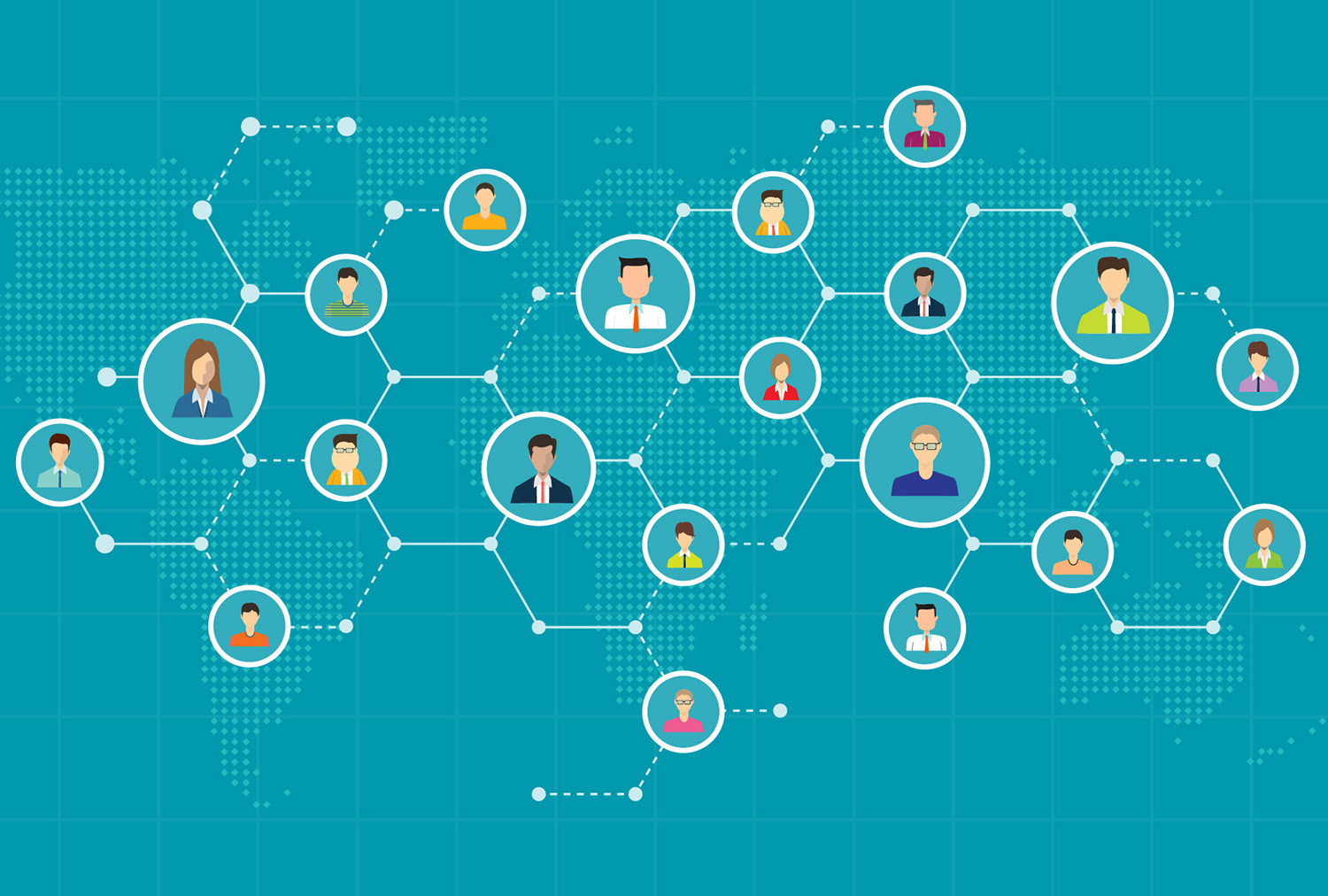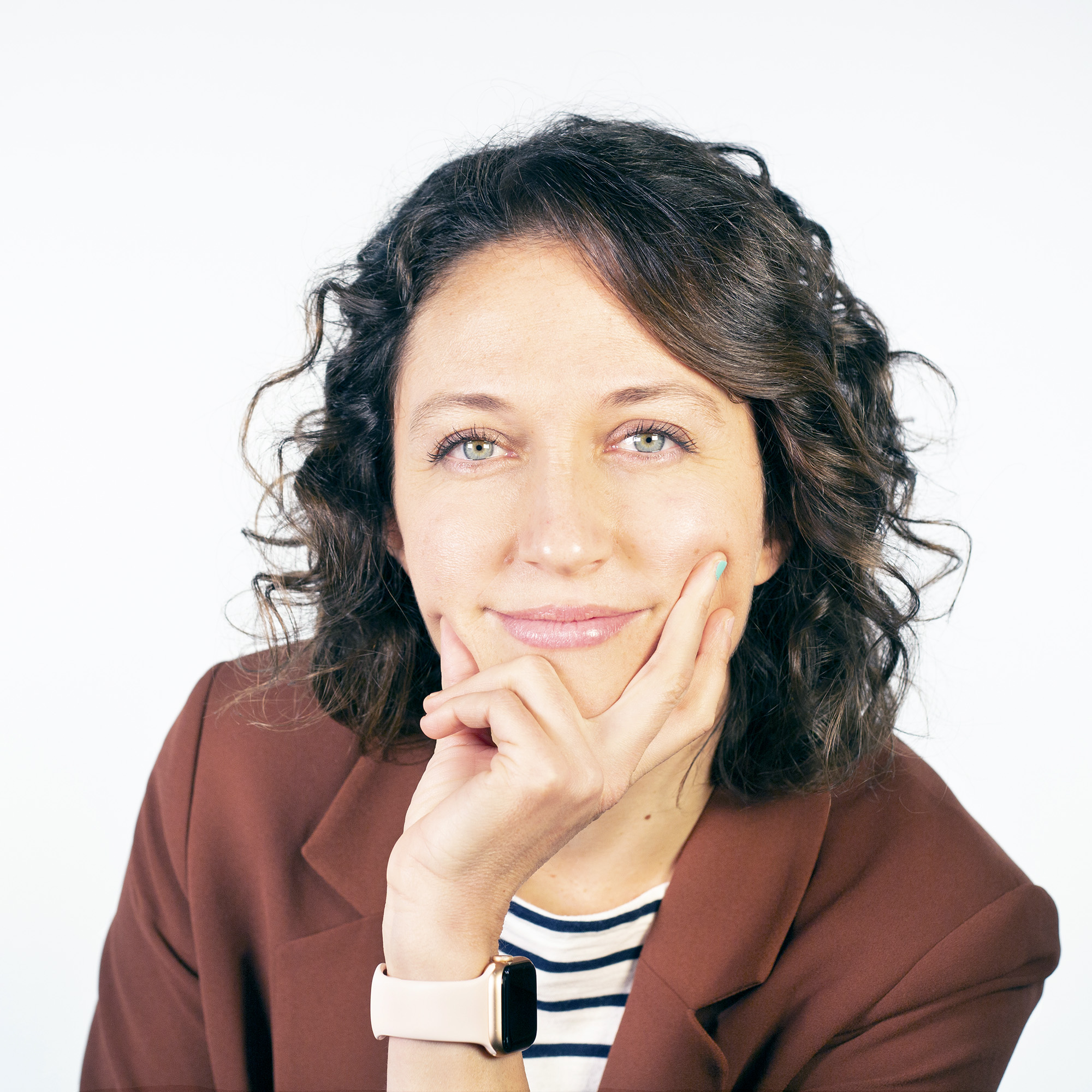Chiara Boldrini (Ubiquitous Internet) studies how social relationships develop online: “Online or offline, relationships follow the same laws”

150: this is the maximum number of relationships that a person can manage at any time in their life. British anthropologist Robin Dunbar had obtained this number from his studies based on observing the behavior of individuals in everyday life. In recent years, however, it is emerging that the limit also applies to the relationships we establish online.
It all starts with the brain
Chiara Boldrini, researcher of the Ubiquitous Internet research unit of the IIT-CNR, studies how people behave on social networks. “The interactions we have in our virtual life are not so different from those we have in our “real” life,” she explains. Let’s take a step back. The limit theorized by Dunbar has ancient roots. It could even go as far back as to the time when humans were in their early primate stage. It is now well established among natural scientists that the size of social groups in human-like mammals increases with an increase in the size of the brain, or more precisely, the volume of the cerebral neocortex.
Let’s take a step back. The limit theorized by Dunbar has ancient roots. It could even go as far back as to the time when humans were in their early primate stage. It is now well established among natural scientists that the size of social groups in human-like mammals increases with an increase in the size of the brain, or more precisely, the volume of the cerebral neocortex.
If we apply the same reasoning to humans, it turns out that our cortex is designed to enable us to relate to around 150 people. So, even if we know many more people, in fact we manage to maintain a meaningful relationship with just a small and very specific number of them.
The scientists of the Ubiquitous Internet research unit started from these considerations to understand what is happening today. That is in a connected society, where we have the impression that we can cultivate many more friendships, albeit without physical contact, than in the past.
The researchers have analyzed data on the behavior of Facebook and Twitter users and see that the Internet does not seem to have changed our relationships, at least in numerical terms.
“On social media, if we refer to a single person (whom we can call “ego”) we have seen that around this person we have about 150 social relationships that can be grouped in concentric circles”. As we move away from the ego, the investment in the relationship decreases, so we are less inclined to put a like or comment on the post.
There are friends and friends
Research like the that above are also useful for anthropologists themselves. Thanks to social networks, we have a great deal of data to study the behavior of people on a large scale, something that was simply not possible until just a decade ago. “Having a lot of data has enabled our group to refine Dunbar’s studies. We have even managed to identify a level of relationship that the British anthropologist had theorized, but which he had never been able to prove existed”, says Boldrini.
The 5 people who are part of the closest circle are not, in fact, all at the same distance, but there appear to be 2 persons much closer to the ego than the others, so as to form a further level.
By studying the relationships we establish on social networks we can open a series of research lines also on the spreading of messages. The theory of the six degrees of separation is a hypothesis according to which each person can be connected to any other person through no more than 6 steps. But what is true for public domain messages does not necessarily work for confidential messages. “Trust in a relationship is important”, says Boldrini, smiling, “and that is why, when I have to pass on confidential information, I want to rely only on certain people, those who are part of my closest circles. In this way we have seen that the passages become a good deal more than 6.”
The distance from the ego could also be useful for suggesting potential new friends. “Social networks propose a new friend by counting the friends we have in common. We, with our studies, can add that not all friends are the same. It depends on the circle in which they are found”.
The network at work
The ego-networks structure also functions in the workplace. “Dunbar himself cites the example of the Gore-Tex factories, where each building is designed to accommodate less than 150 people. Beyond that, control over production processes and a sense of community among employees would be lost”, explains Boldrini.
The researcher and her team have attempted tried to see if the principle also applies to their world, that of academia. They started with data regarding publications, where each article is associated with a series of authors, each of whom in turn is affiliated with a certain institution (university or research center). “In the world of research, mobility is a very important component. Going to work for a period in one place rather than another can have a certain impact on your career. A whole dedicated line of research was created based on this”, she continues. With their studies, Boldrini and her team added another piece to the mosaic.
“We asked ourselves: if you move, how does your ego-network change?” The group has reconstructed the social networks of thousands of researchers, discovering that those who move a lot can expand their network, but only in the outermost circles. Those who travel often have more difficulty in cultivating stable collaborations, because in practice it is not easy to work continuously with distant people”.